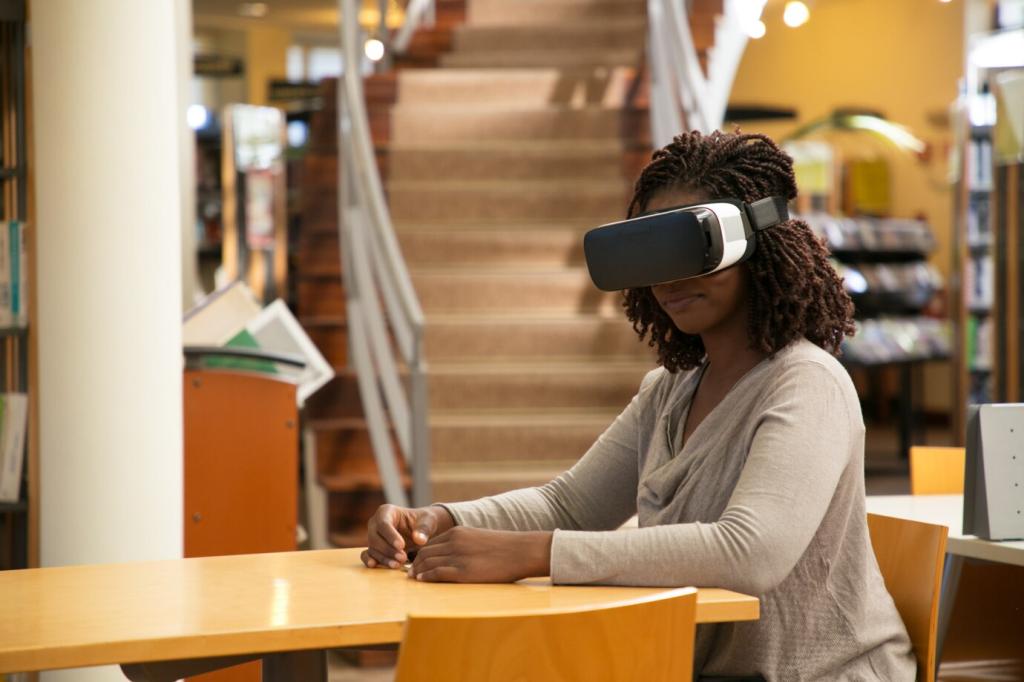This website uses cookies so that we can provide you with the best user experience possible. Cookie information is stored in your browser and performs functions such as recognising you when you return to our website and helping our team to understand which sections of the website you find most interesting and useful.
The Role of Virtual Reality in Modern Education
Virtual Reality (VR) is rapidly transforming the educational landscape by merging immersive technology with traditional learning methods. This dynamic tool offers students and educators new ways to interact with content, making lessons more engaging and impactful. As VR hardware becomes more accessible, educational institutions across the globe are integrating these experiences into their curricula, from primary schools to universities. The result is a profound shift in how knowledge is delivered, retained, and applied in real-world scenarios, fostering a deeper and more practical understanding of complex concepts. Over the next sections, we will explore the foundational principles, current applications, advantages, and future possibilities of VR in education.
Understanding Immersive Learning Environments
Technological Infrastructure and Accessibility
The Role of Educators in VR Integration
Applications of Virtual Reality in Modern Classrooms
Experiential Learning in Science and Medicine
Virtual Field Trips and Cultural Exploration
Collaboration and Social Interaction in Virtual Spaces
Advantages of VR in Enhancing Educational Outcomes


